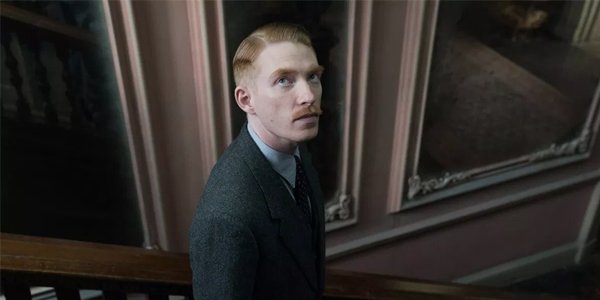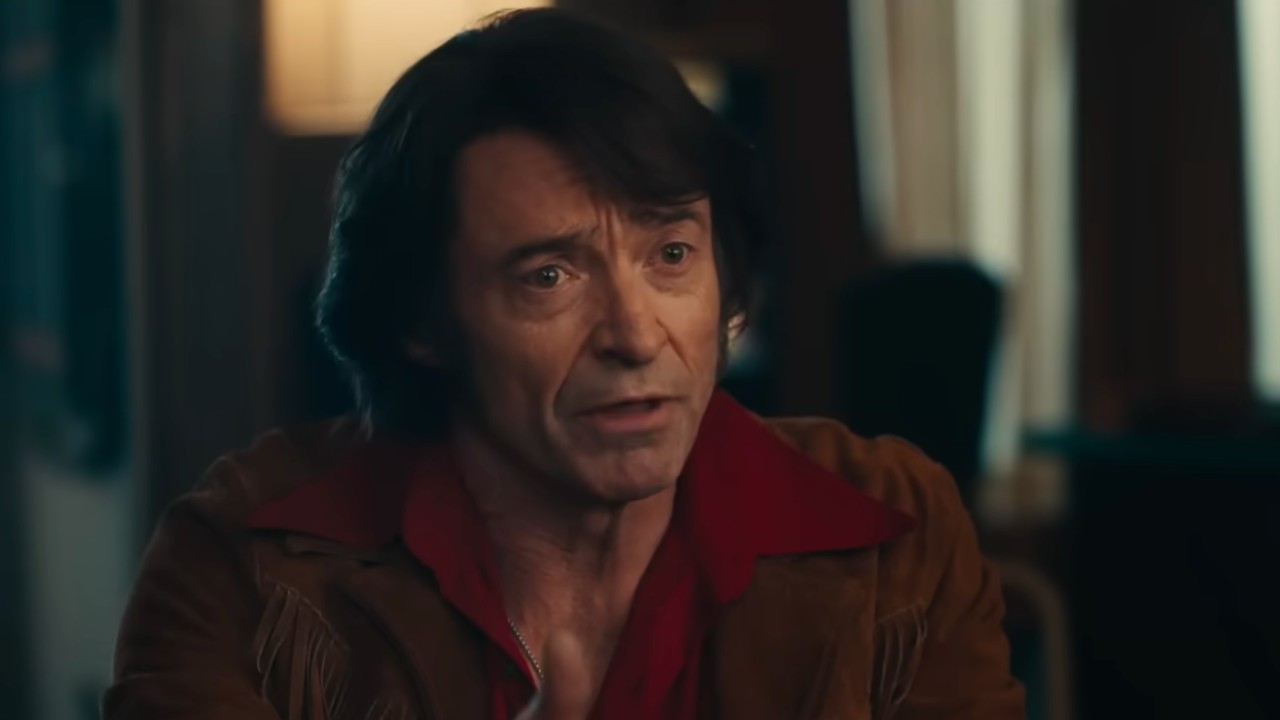The Little Stranger Has A Massive Clue To Its Big Mystery In The Middle Of The Film

SPOILER WARNING: The following article contains massive spoilers for The Little Stranger. Read at your own risk.
Red herrings are wonderful devices in mystery storytelling, and Lenny Abrahamson's The Little Stranger utilizes an impressive one. For almost the entire runtime it has you looking to the right, believing it to be the spirit of young Susan that is haunting Hundreds Hall, but right at the end you turn left and realize it's actually young Faraday. It's the kind of revelation that causes you to rethink everything that you just saw -- and this includes the little scribbles that are found carved into the woodwork. According to Abrahamson, you're meant to think that the little 'S's' stand for "Susan," but instead it is actually Faraday's first initial, which is only shown once, and in the middle of the movie:
In a film, it's hard to hide some things. You can hide things in different ways. But yes, we did put a little, you're right, there is an 'S' in front of Faraday's name, which is a little detail... and given the scribbles on the doorway, on the woodwork, the 'S' shapes. Whereas you never find out his name in the novel. In fact, nobody ever calls him that. Everybody calls him Faraday.
When you watch The Little Stranger a second time, it would be wise to pay attention to the names listed outside the office of the protagonist's practice, shown in the second act of the movie, as Faraday, played by Domhnall Gleeson, is listed as "S. Faraday" -- a detail ultimately linked to the movie's big mystery. Characters in the film only refer to him as Faraday or "the doctor," so the connection is never made explicit, but the character's mystery first name is meant to explain both the mysterious scribbles at Hundreds Hall and the ones found on the desk in his office.
Having spotted the initial during my screening of The Little Stranger, I confirmed the detail when I spoke with Lenny Abrahamson last month. He not only explained on the connection between Faraday and the scribbles, but also why elements like that made it so tricky to adapt the story from its source material: the novel of the same name by author Sarah Waters. In one medium the audience subsists only on the details the writer provides; while the latter offers up the chance for them to soak up every element. Said Abrahamson,
This is the great difference between film and books, right? You can be standing in a room in a book and not tell people the color of the wallpaper, the number of desks, the number of chairs, and you don't have to hear somebody when they're being introduced to somebody else, so you don't have to hear their first name. The author can tell you anything they want.
Still, it doesn't get more subtle than sneaking an "S" on to a name label, and it's definitely not until you get to the end of The Little Stranger that you fully understand its significance.
The movie is a wonderful slice of gothic horror featuring a number of stellar performances, and hopefully it will find a large audience. The Little Stranger is currently out in limited release -- and stay tuned here on CinemaBlend for more from my interview with Lenny Abrahamson.
Your Daily Blend of Entertainment News

Eric Eisenberg is the Assistant Managing Editor at CinemaBlend. After graduating Boston University and earning a bachelor’s degree in journalism, he took a part-time job as a staff writer for CinemaBlend, and after six months was offered the opportunity to move to Los Angeles and take on a newly created West Coast Editor position. Over a decade later, he's continuing to advance his interests and expertise. In addition to conducting filmmaker interviews and contributing to the news and feature content of the site, Eric also oversees the Movie Reviews section, writes the the weekend box office report (published Sundays), and is the site's resident Stephen King expert. He has two King-related columns.
